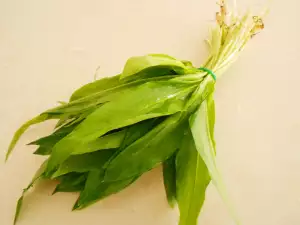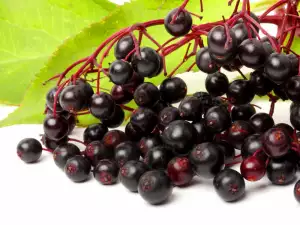If you need to avoid gluten, choose buckwheat. Buckwheat not only serves as a wonderful substitute for grainy foods, but also provides a rich, slight walnut taste, which makes it a delicious addition to various recipes.
Buckwheat has long been popular around the world. Grown in Asia thousands of years ago, buckwheat has spread rapidly in the Middle East and Europe. To this day, buckwheat is included as an ingredient in many recipes - from recipes for noodles to recipes for gluten-free pancakes.
Benefits of buckwheat
Buckwheat contains the flavonoids rutin and quercetin. Rutin strengthens the blood vessels, while quercetin helps reduce inflammation.
Buckwheat is a great option for people with celiac disease or anyone else who prefers gluten-free recipes. Buckwheat contains much more fiber, vitamins and minerals than rice products, which are often used in many gluten-free recipes. The fibers allow regular bowel movements and reduces the possibility of constipation. A diet high in fiber will certainly protect the health of your digestive system.
One cup (168 g) of roasted or boiled buckwheat (hulled seeds) contains the following nutrients:
- 5.68 g protein;
- 1.04 g of fat;
- 33.5 g of carbohydrates;
- 4.5 g of fiber;
- 148 mg of potassium;
- 118 mg phosphorus;
- 86 mg of magnesium;
- 12 mg of calcium.
To get these nutrients, eat buckwheat salads, buckwheat soups and buckwheat with mushrooms.



















Comments